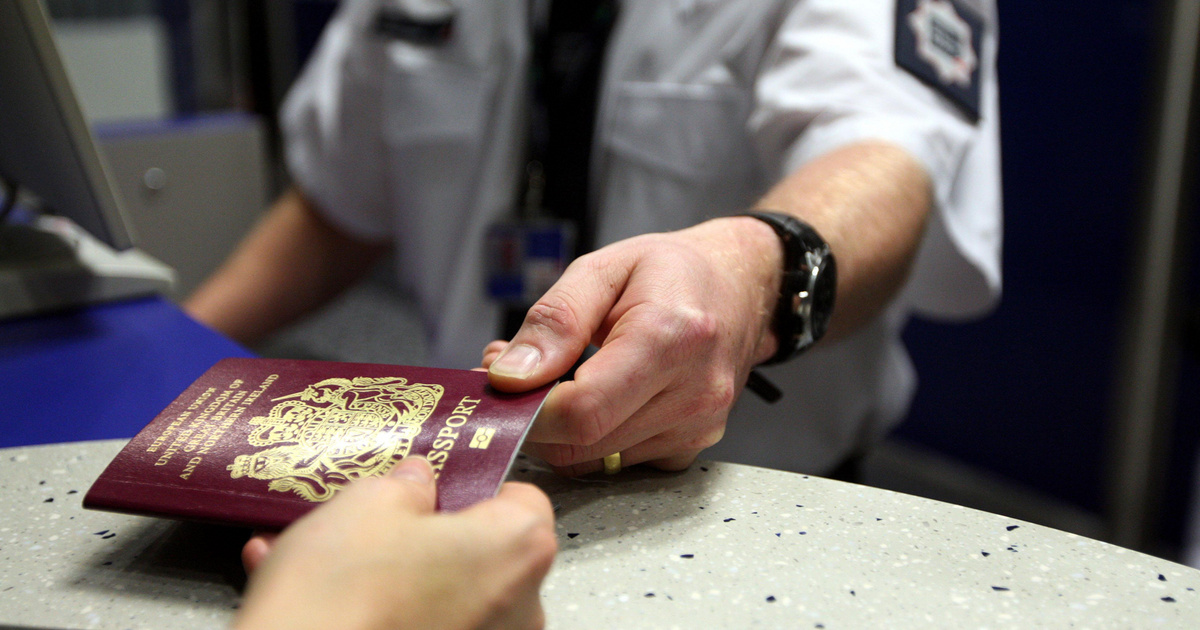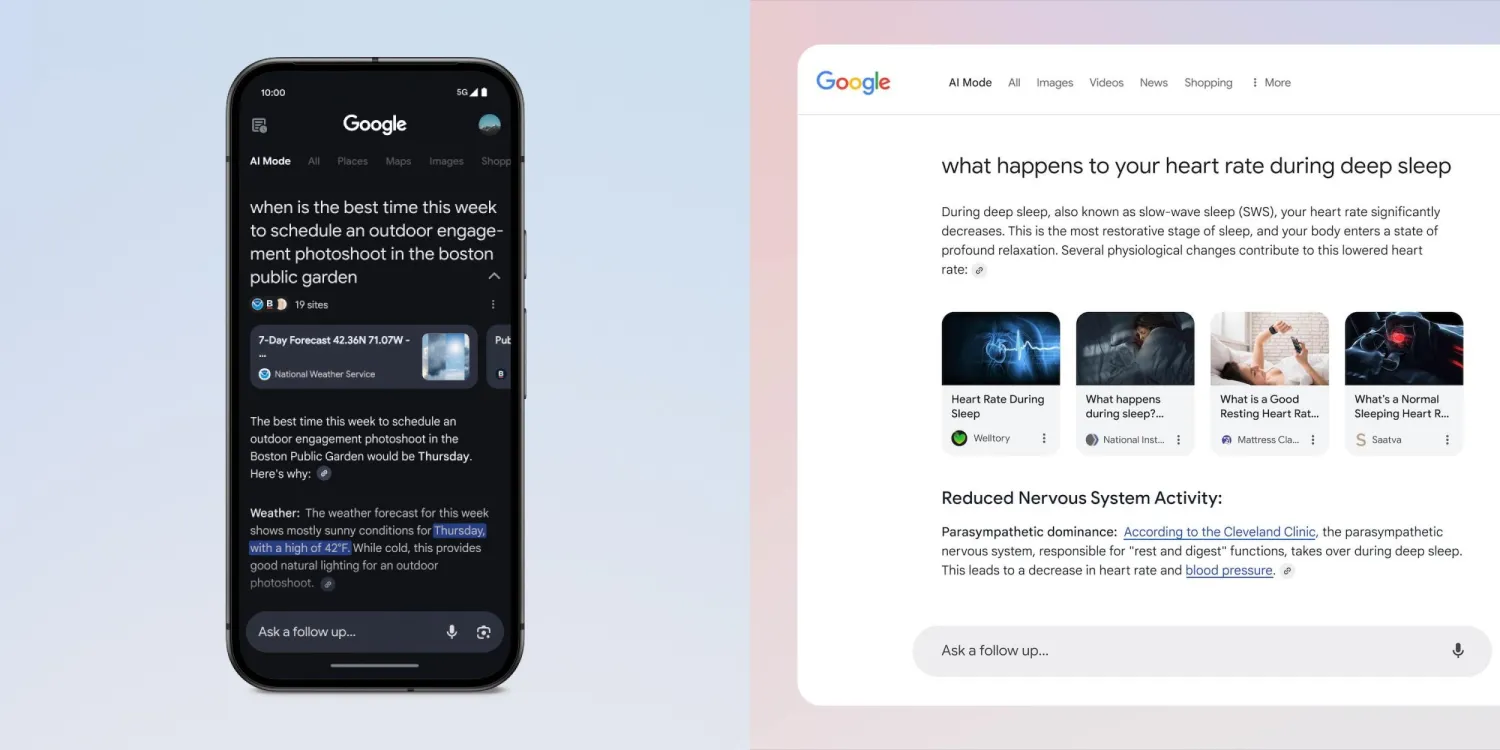Travis Brown, NASA JPL specialist, is to the Ingenuity management team The chief engineer reported the incident recently. Ginny – this is the nickname used for the helicopter – did not cause any particular consternation to its observers during its operation, which was several times longer than the original 30-day test operation, but at the beginning of May 2023, suspicious signs began to accumulate.
The helicopter is powered by solar panels, and since the sun doesn’t shine on Mars at night, Jenny regularly goes into safety mode, practically dying a little bit every night. It is also for this reason that they called the Lazar circle, which in the morning, when the solar energy begins to accumulate, revives the helicopter after a good two hours. However, since the specific conditions were different each night, Ginny’s signal was searched by the Perseverance rover (the rover is the helicopter’s base station) each morning around the estimated wake-up time.
Animation of Jenny’s flight, we see her shadow in the middle.
Source: NASA
Meanwhile, the helicopter has patrolled at a greater distance than the rover and scanned the terrain, as it used to know (if it was already there and operational) where the rover should continue. During Flight 48, the helicopter took a lot of very informative footage of the river delta that once flowed into the Jezero crater, which the probe is investigating. On the 49th flight, Jenny moved slightly away from the rover and at the same time marked her height in the photo. Sending home the photos taken at that time was the last time they communicated with the helicopter before the forced break.
The 50’s flight plan data could not be sent to Ginny despite several attempts, and the base station did not receive a radio signal from the helicopter. In recent weeks, the helicopter has “lost” radio contact several times and then regained, but it has become more and more awakened after the night shutdown, which is why the monitoring team was not particularly nervous at first when the helicopter did not respond. to search on time. Since the energy consumption and work of the rover limited the amount that could be spent searching for Ginny, they did not search for Ginny continuously, but only during those hours when the situation permitted.

The location of the helicopter and rover during the problematic period. The red dots indicate where the rover did not reach the helicopter, and the yellow dots indicate where it finally did. The helicopter is indicated by a white graphic. The blue dashed line is the hill obstructing radio communication, and the rocks, which also represent the shadow of the radio, are circled in red. The green dot is the rover’s position after Ginny has already flown away from its previous location.
Source: NASA
In addition, the rover was in a place where its radio signal was strongly overwhelmed by a group of rocks, and observers thought there was only a communication problem. However, after two days of work, the rover crashed and still failed to contact the helicopter. Ginny wasn’t completely silent during her operation, so although she couldn’t be ruled out, the chance of a connection error was diminishing bit by bit.
Finally, after almost a full week, a single radio response was received from the helicopter at the time when it was expected to wake up. Later, it turned out that, in addition to the aforementioned rock formation, what caused the unusually long communication failure: There was a small hill, which meant an extra radio shadow, because it was too high for the rover’s low antenna only then would it be reached for Radio route if the helicopter is circling near it.
During reconnaissance flights, the helicopter also reaches points the rover has not yet reached, which helps the controllers decide where to send the rover next.
Source: NASA
However, excessive proximity (45 meters) also meant a no-fly zone, which meant that the possibility of serving as a scout in front of the rover would have been terminated. So, without the usual safety checks, he received Flight Plan 50, completed it successfully, and managed to move 300 meters away from the rover, and the rover also managed to cross the other side of the aforementioned hill in its position. next trip.
It seems that even though the Martian summer is approaching, the solar helicopter will continue to suffer from power supplies for a while, as its solar cells (well known on Mars) have turned to dust. It also means that this may not have been Jenny’s last hide, much to the Controllers’ dismay.










































